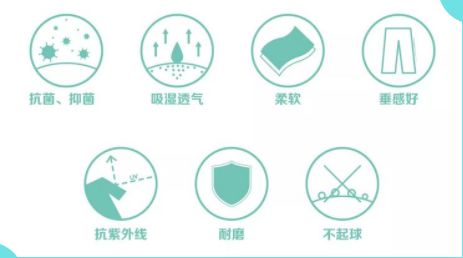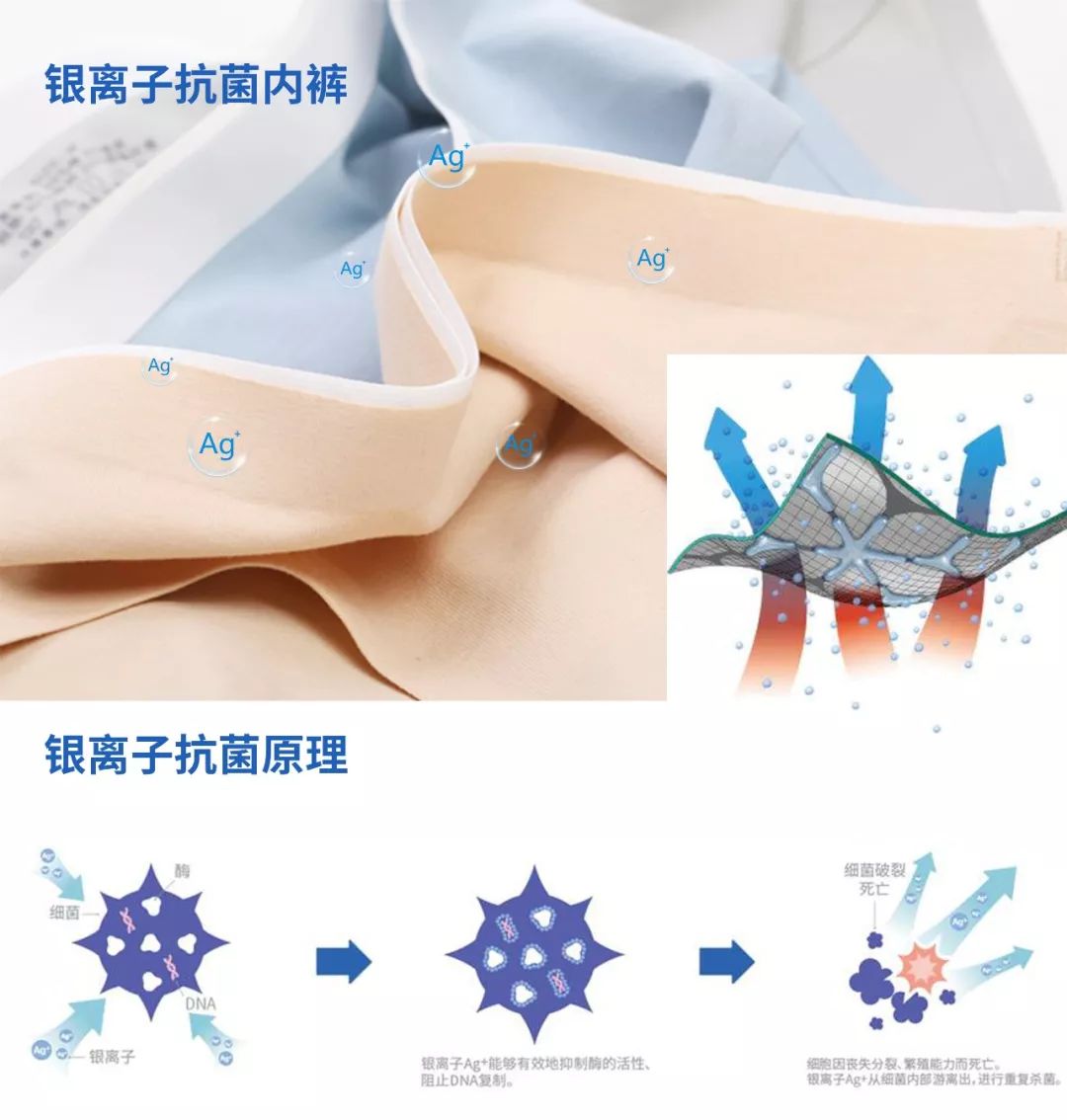What is antibacterial fabric?
Antibacterial fabric is a kind of special functional fabric, which can inhibit the growth and reproduction of bacteria and fungi on the fabric or make them inactive after antibacterial finishing or containing antibacterial fiber. Qualified antibacterial fabrics should ensure no toxic side effects on human health and should not affect the normal flora of human skin while being antibacterial.

How are antibacterial fabrics produced?
Compared with microorganisms in nature, human skin is a good nutrient. Normally, some resident bacteria on the skin play a role in protecting the skin from germs, however, once the flora in the microorganisms are out of balance, a small number of them will multiply and cause harm to the human body through the skin, respiratory tract, digestive tract and the mucous membrane of the reproductive tract. Textiles will produce sweat, sebum and other kinds of secretions during the process of human body wearing, and at the same time the skin will be contaminated by the dirt in the environment, which becomes an important media in the process of germ multiplication and transmission, so textiles that can resist bacteria are needed to meet the health requirements, so antibacterial fabrics are born in response to the need.
How are antibacterial fabrics classified?
According to the difference of the active state of anti-microbial fabrics, they can be divided into two categories: passive anti-bacterial fabrics and active anti-bacterial fabrics.
Passive antimicrobial fabrics do not contain antimicrobial agent, but the surface structure has "lotus leaf effect", that is, the anti-adhesive effect of water, oil and dirt repellent given by special finishing (such as plasma), which can negatively affect the living conditions of microorganisms and thus play the role of inhibiting the growth of harmful microorganisms.
Active antimicrobial fabrics contain antimicrobial agents whose antimicrobial activity can actively act inside or outside the cells of microorganisms, so that the growth of microorganisms is inhibited or killed.
What are the mainstream antimicrobial treatments?

One is the traditional antimicrobial fabric with post-treatment technology, that is, the antimicrobial agent is added to the fabric through the subsequent shaping process of the fabric. The process of post-treatment is relatively simple and controlled according to the specific requirements of customers, which is the one with more applications in the market. This kind of fabric with the garment washing times increase antibacterial effect will be significantly reduced, so that can not play the antibacterial effect.
The other is the built-in silver ion antibacterial fabric, using spinning-level antibacterial technology to synthesize antibacterial agent directly into the chemical fiber. These fabrics are tested by the national authority and can meet the requirements of the national standard GB/T20944.3-2008 "Evaluation of textile antibacterial performance", which has excellent antibacterial effect with long-lasting antibacterial, bactericidal and antibacterial effects, safe and harmless to human body.
What are the testing standards of our country about the antibacterial performance of fabrics?
Antibacterial fabrics have a special quality testing index, i.e. antibacterial performance. The standards involved in antibacterial performance testing are: GB/T 20944 "Evaluation of antibacterial performance of textiles", FZ/T73023-2006 "Antibacterial knitted fabrics", GB/T 15979-2002 "Hygiene standard for single-use sanitary products" Appendix B, ISO20743-2013 "The Determination of antibacterial activity of textiles", JIS L 1902: 2008 "textile antibacterial performance test method antibacterial effect", etc.. The first 2 of these standards are the more commonly used test standards in China. Compared to other standards, these two standards have detailed instructions on test strains, detergents, washing methods, blank control samples and determination of antimicrobial effect.
Contact: Jeanne yang(MISS)
Phone: 13912652341
E-mail: [email protected]
Add: Room A2216/A2217,Double-Star Building,No 567 New South Middle Road, KunShan City JiangSu Province ,China.